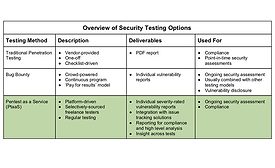Security Leadership and Management
Persistent data exposure is a much riskier problem in today’s remote world
Data discovery and classification is imperative for recovery
August 14, 2020
Sign-up to receive top management & result-driven techniques in the industry.
Join over 20,000+ industry leaders who receive our premium content.
SIGN UP TODAY!Copyright ©2024. All Rights Reserved BNP Media.
Design, CMS, Hosting & Web Development :: ePublishing














